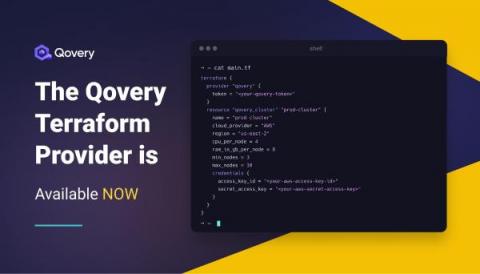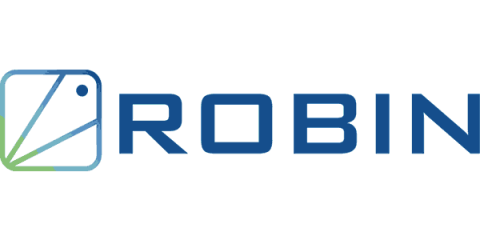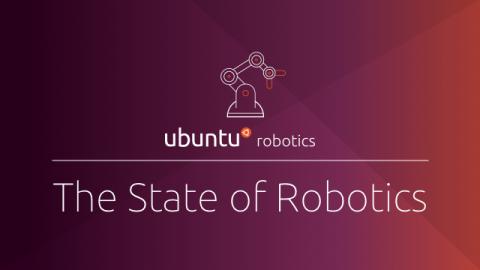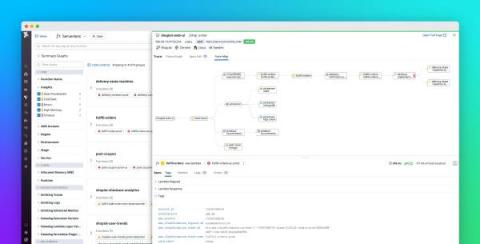Operations | Monitoring | ITSM | DevOps | Cloud
Latest News
The Impact of Cloud Computing on Management
The rapid growth of the marketplace and increasing competition require companies to make significant changes in the way they offer services and products. Companies that wish to remain competitive must keep an eye on technology development and adapt to any new technology if it becomes available. Each new cloud service provider in cloud computing contributes fundamentally to promoting growth and competition at the same time.
The 5 best AWS Deployment Options to Consider in 2022
HPC workloads on Robin Cloud Native Platform (CNP) using Nvidia GPU (MIG A100)
In today’s world, graphics processing units or GPUs have attracted a lot of attention as the optimal vehicle to run artificial intelligence (AI), machine learning (ML) and deep learning (DL) workloads. These workloads require massive amounts of data, both ultra-high speed and parallel processing, along with flexibility and high availability. It is clear that high-performance computing (HPC) with graphics processing unit (GPU) systems are required to support cutting-edge workloads.
The State of Robotics - January 2022
What a way of starting the year! Setting milestones, helping those in need, and daring to dream. January 2022 starts with one of the biggest technological conferences — CES. So, in this piece, you will find a breakdown of three robots in our usual style. But there’s more… we also bring a story to inspire you all. It’s a great experience writing this blog, where every month news are abundant. Thank you all for contacting us and sharing your stories.
Datadog Serverless Monitoring for Amazon API Gateway, SQS, Kinesis, and more
Many organizations leverage AWS to build fully managed, event-driven applications, which break down complex workloads into APIs, event streams, and other decentralized services in order to improve performance and scalability. This type of architecture relies primarily on AWS Lambda functions to process synchronous and asynchronous requests as they move between a workload’s resources, such as Amazon API Gateway and Amazon Kinesis.
How to take action from Datadog Apps
Engineers who support production environments are tasked with resolving new issues as quickly and efficiently as possible. But as they look to carry out these responsibilities, their remediation workflows tend to take on the following pattern: For example, someone on your team might discover in a log analysis tool that a user is flooding a key service by making an abnormal number of requests.
A Successful DevOps Strategy Is More Than Just Technology
To start, DevOps is exactly what it sounds like — a combination of software development and IT operations that shortens the product lifecycle and delivers a higher quality operational performance, benefiting the company and customer alike.
The three pillars of great incident response
There’s no one-size-fits-all incident response process. Depending on your organisation’s shape and size, you’ll have different requirements and priorities. But the same three pillars form the core of any good process, whether it’s for the largest e-commerce giant or a scrappy SaaS startup.










